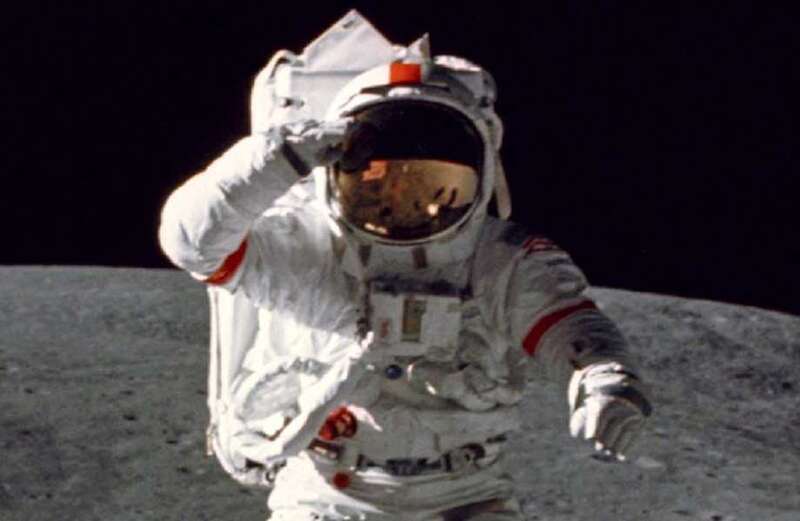NASA has unveiled an ultra-realistic fake Moon environment that it will use to simulate activities on the lunar surface.
The US space agency has big plans for the Moon within the next decade including putting humans on its surface again.



The fake Moon is said to have realistic lunar lighting and conditions that astronauts will experience when they stand on the real thing.
Nasa will also be testing out some of its new robots on the fake Moon.
This includes the Volatiles Investigating Polar Exploration Rover (VIPER), which is Nasa's latest Moon robot.
 Andrew Tate 'tried to lure ex-Playboy model to Romanian lair' before his arrest
Andrew Tate 'tried to lure ex-Playboy model to Romanian lair' before his arrest
The lunar experiment is officially called the Lunar Lab and Regolith Testbed and it's located in Nasa's Ames Research Center in California's Silicon Valley.
The fake Moon is technically made up of two large sandy areas filled with simulated lunar dust.
The first lunar "sandbox" has been around for a few years but the second one is brand new and full of 20 tons of lunar dust.
Nasa says both indoor areas can simulate the Moon with high accuracy.
The new testbed can be resized from its current 62 feet by 13 feet shape so it can create a deeper lunar simulation.
Nasa's original Moon testbed was much smaller at just 13 by 13 feet.
The US space agency said: "Future human and robotic explorers of off-planet polar regions will need to contend with the incredibly abrasive and "sticky" lunar dust, known as regolith.
"Moon dust has grains as fine as powder, as sharp as tiny shards of glass, and a curious capacity to electrostatically cling to everything, due to the way it was formed.
"Add in the lack of an atmosphere and the fact that the Moon is home to some of the coldest places in our solar system, and the lunar environment will pose a challenge to machinery and spacesuits, at best.
"At worst, it could be a hazard."
 Inside US's most remote town 2.4 miles from Russia where only 77 people live
Inside US's most remote town 2.4 miles from Russia where only 77 people live































